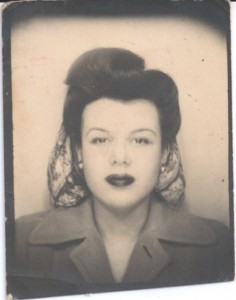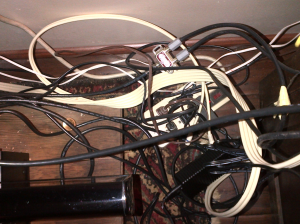In my last blog, I talked about my “hummingbird” approach to writing — all fits and starts and never letting yourself assume that you can only write when and if you have long, uninterrupted blocks of time. Yes, it works, but do I yearn for long, uninterrupted blocks? Of course!
A progress report. My current project, a novel about a Jewish-American woman born in 1918 and that follows her life for approximately 40 years, is actually taking shape. I’m about 130 pages into it and even though it’s mostly being writing under the constraints of my “hummingbird” method, things are starting to fall into place. I’m enjoying getting to know the protagonist, as well the other characters in her life, and look forward to each new, albeit brief, session.
 Because this novelis set in real places and at a real time in history, I needed to do a lot of basic research before
Because this novelis set in real places and at a real time in history, I needed to do a lot of basic research before
I ever wrote a word. But once I’d completed what I absolutely needed in the way of research, I had a choice: to either continue to research everything I possibly could or or to start writing and do
I love the research and could easily let it drag on for years and years and never actually start to write. Working as I do, when I come to a point in the story where research is essential, I either stop and do it on the spot or mark the passage and return to it later.research on the fly. I chose the latter.
Stay tuned.

